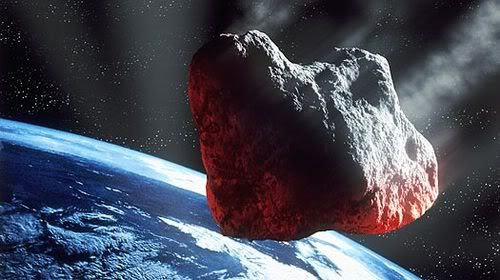[/caption]
A small asteroid will likely pass very close to Earth this week Tuesday. Astronomers are still tracking the object, now designated as
2010 TD54
, and various estimates say it could possibly come within anywhere from 52,000 km (33,000 miles) to 64,000 km (40,000 miles) on October 12, with closest approach at approximately 11:25 UT. Information on the
IAU Minor Planet Center website
lists the object as coming with 0.0003 AU. The size of the object has not been determined, but estimates say it is likely smaller than 10 meters. We'll provide an update as soon as more information is available.
- UPDATE
-
Don Yeomans, Manager of NASA's Near-Earth Object Program Office replied to an inquiry about the object and said the newly discovered NEO 2010 TD54 is approximately 5-10 meters in size, and is now predicted to pass about
46,000 km
from Earth's surface at about 07:25 EDT (11:25 UT) on Tuesday, Oct 12, 2010. It was discovered by Catalina Sky Survey on Saturday morning.
"Only 1 in a million chance of an impact," Yeomans said, "and even if it does impact, it is not large enough to make it through the Earth's atmosphere to cause ground damage."
The object may be visible to amateur telescopes as a 14th magnitude "star" -- it will be traveling through the constellations Pisces and Aquarius.
Sources:
IAU Minor Planet Center
, Unmanned Spaceflight,Yahoo News Groups
 Universe Today
Universe Today
